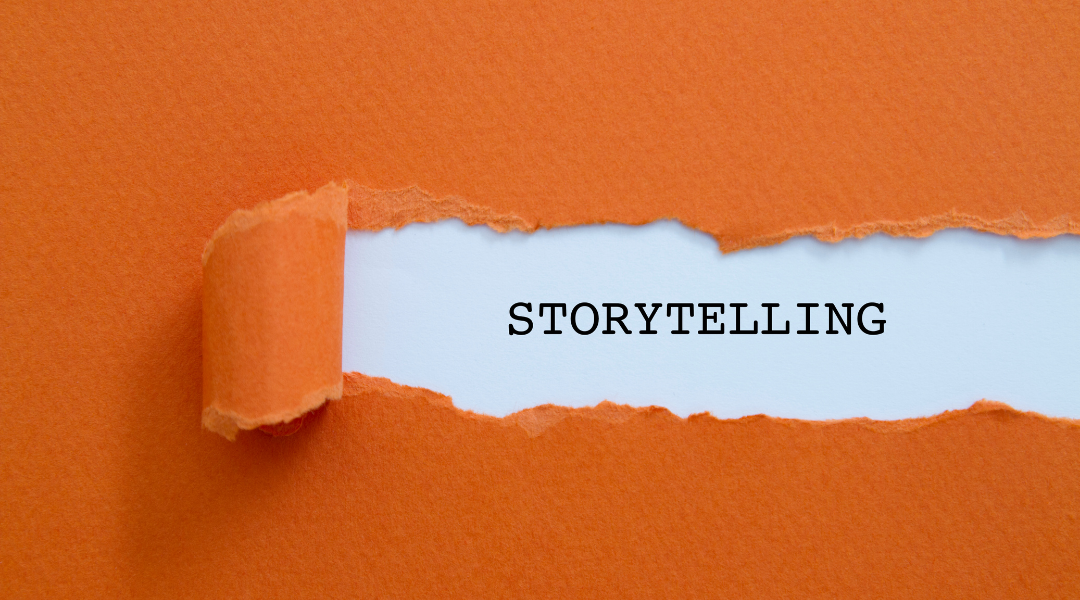Some things are fundamentally true from culture to culture. One of them is humans love to tell stories and listen to stories. That fundamental truth has followed humans across all mediums, from fairy tales around the campfire to podcasts and social media on our mobile devices.
Indeed, digital storytelling and online storytelling have a slew of benefits. The power of storytelling should not be underestimated: Get it right, and you can go a long way toward creating a positive vision of your brand and yourself.
What is storytelling online?
What are the benefits?
The primary benefit is that online storytelling can incorporate different types of media. Good storytelling doesn’t just rely on text, particularly given the way that most people’s attention span will falter as they are distracted by other digital options. Additionally, most people are more than just text learners: many prefer video, images, hyperlinks, and more.
No matter the medium, good storytelling can cut through the noise. Someone with a good set of storytelling skills can take their business to the next level by speaking more than just the standard marketing talk. In this regard, storytelling can be an extremely powerful tool for more than just creative writing: Personal stories and business stories can create a compelling image of a brand to the global community.
What is the difference between storytelling online and storytelling in person?
The art of storytelling is largely the same, but there are unquestionably important differences. Storytelling in person is a matter of holding someone’s interest via the words that you say and having compelling action, dialogue, thought, and more. It can be an essential part of public speaking and is an art form that the global community of politicians has largely embraced for a reason: it can be extremely influential. It can compel groups of people to do both good and bad things.
Online storytelling is a format that happens well.. online! It leverages text, pictures, audio recordings, videos, and GIFs. Even the formatting of the text matters. The text has to be interesting, engaging, and broken up into bite-sized chunks, making it easy for people to read, even if they are just skimming.
What are the five types of storytelling?
- Action: Action involves what characters are doing. The plot moves based on the literal actions they take, be it actions involving athletics, fighting, or more.
- Dialogue: Dialogue refers to the spoken or typed words of the characters in question. Stories are told based on words, not overt descriptions. Words can move the plot, build relationships, and prove the thesis of the plot.
- Thought: Involves a view inside the main character’s head to learn what they are thinking. You are given an exclusive insight into a character this way.
- Description: Describes something, like a person, place, or thing.
- Exposition: Detailed descriptions of an item that reveals background without incorporating that background into the story.
It is important to note that none of these story types — just like the story types below — are mutually exclusive. Most stories incorporate some or all of these storytelling formats.
Storytelling Online With Words
Online storytelling with words can be powerful but has to be done right. The text has to be formatted correctly, broken up into bite-sized pieces, and written for readers who want an in-depth description or just to scan the text. This is in addition to the regular method of online storytelling, which must incorporate standard writing skills.
Storytelling Online With Videos
Online storytelling with video can incorporate a variety of different techniques, including demonstrations, stock footage, interviews with involved parties, and more. Storytelling online can also be simpler and involve pictures with audio that show important facets of a story. A variety of graphics techniques have been created that allow for stories to be told with engaging graphical overlays.
Storytelling Online With Audio
This is the closest thing to the traditional “campfire” storytelling. This form of storytelling can take place like any other oral tradition. Audio storytelling is usually incorporated as part of a podcast, interview, or another digital file.
Storytelling Online With Photos
Stories are often integrated with other forms of storytelling, like words or text. They can be powerful demonstrators of the story a brand wants to tell, as they can serve as crucial visual aids.
Conclusion
Storytelling is an art form in itself. That’s why online courses in storytelling — like those available on Storybird or Storyline — have become so popular. These courses are complete with useful types and advice and even come with quizzes to help people learn the best way to tell a story, regardless of if you are doing so on Facebook or Zoom.
Storytelling is an art, and there’s a power to it. Take it seriously, and your business or nonprofit will be rewarded.

